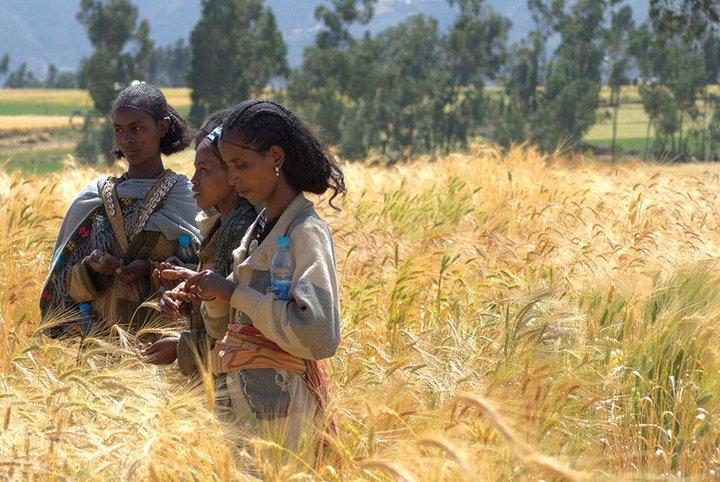Ann Tutwiler writes for Rural 21 about agricultural biodiversity

In her article for Rural 21, Ann Tutwiler mentions Bioversity International's new strategy and the important role that agricultural biodiversity plays in enhancing the adaptability and hence the resilience of family farms.
In her article for Rural 21, Ann Tutwiler mentions Bioversity International's new strategy and the important role that agricultural biodiversity plays in enhancing the adaptability and hence the resilience of family farms.
In Rural 21, Ann Tutwiler writes that managing diversity, of systems, crops, varieties and trees, can provide options and increase the resilience of households and communities to produce even in times of stress.
Agricultural biodiversity is the backbone of a healthy and sustainable agricultural system and can be an answer to the ever growing challenge: we must boost food availability by 60% by 2050 to feed nine billion mouths, both nutritiously and without further encroaching on our natural resource base.
It can help farmers manage risks from new pests and diseases, threats that can wipe out up to 10-16% of global harvests.
In addition, as Ann Tutwiler writes, it can lessen the effects of sudden natural disasters. Diversity allows natural adaptation to the environment – vital in the face of climate change. It also reduces the risk of crop loss and contributes to productive, healthy farms.
The article highlights the global 'Seeds for Needs' and 'Biodiversity for Food and Nutrition' initiatives as examples of how Bioversity International is searching for solutions which not only ensure that farmers can cope with our new reality but also allow farmers and communities to continue to develop.
Over the next ten years, Bioversity International’s refreshed strategy aims to ensure that agricultural biodiversity nourishes and sustains the planet through four main objectives:
- Low-income consumers have expanded access to and use of affordable, nutritious diets.
- Rural communities have increased the productivity, ecosystem services and resilience of farming systems, forests and landscapes.
- Farm households and rural communities have increased access to a diversity of quality seeds and other planting materials.
- Policymakers, scientists and rural communities have safeguarded and assessed and are monitoring priority agricultural biodiversity.
Read the full article on Rural 21.
Photo: Farmers evaluating wheat varieties in the Tigray Region, Ethiopia. Credit: Bioversity International/J. van de Gevel
